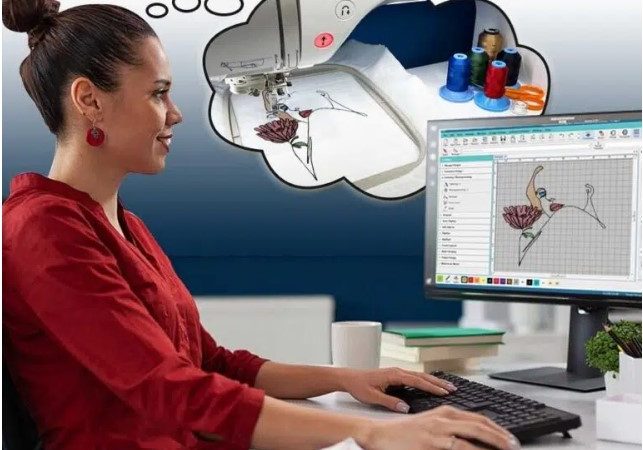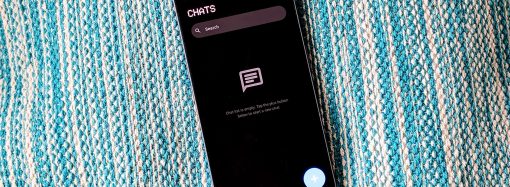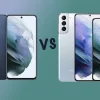Introduction Embroidery enthusiasts, designers, and apparel decorators all know one thing—when it comes to machine embroidery, file format matters. If you’re using Brother, Babylock, or other embroidery machines that rely on PES files, then you need a fast and reliable way to convert your artwork into this essential format. Looking for an expert service that
Introduction
Embroidery enthusiasts, designers, and apparel decorators all know one thing—when it comes to machine embroidery, file format matters. If you’re using Brother, Babylock, or other embroidery machines that rely on PES files, then you need a fast and reliable way to convert your artwork into this essential format.
Looking for an expert service that handles everything with precision? Try Digitizing Buddy – they offer custom digitizing solutions, including seamless PES file converter that are accurate, quick, and affordable. Whether you’re stitching a logo, intricate design, or name tag, they turn your vision into stitch-ready files without a hitch.
Let’s explore what makes PES file conversion so important and how you can convert designs easily without compromising on quality.
What Is a PES File and Why Does It Matter?
A PES file is a native embroidery file format used primarily by Brother and Babylock machines. It contains machine-readable stitch data, including:
- Stitch paths
- Thread colors
- Density and underlay settings
- Design layout
Unlike a simple image file (like PNG or JPG), a PES file tells your embroidery machine exactly how to stitch the design—line by line, thread by thread.
Who Needs a PES File Converter?
If you’re working with any of the following scenarios, a PES file converter is essential:
- You received a logo in PNG, JPG, or PDF and need it embroidered.
- You’ve created artwork in vector format (AI, SVG) but need a stitch-ready version.
- You downloaded a DST, EXP, or VP3 file and need it in PES for your machine.
Whether you’re a home embroiderer or commercial embroidery shop, a trustworthy PES converter saves you time and ensures clean results.
Raster to PES: It’s Not Just a Simple File Change
Contrary to what many believe, converting a raster image (like a JPG or PNG) into PES isn’t a simple “Save As” operation. It’s a specialized digitizing process that transforms visual data into a series of instructions your embroidery machine can understand.
This includes:
- Mapping stitch types (satin, fill, running stitch)
- Optimizing stitch direction
- Adding underlay and trimming logic
- Adjusting thread color sequence
- Testing for clean output on fabric
That’s why manual digitizing by professionals (like Digitizing Buddy) always beats automatic tools.
Benefits of Using a Reliable PES File Converter
A good PES file converter doesn’t just change the format—it optimizes your design for stitching perfection. Here’s what you gain:
1. Stitch Accuracy
Proper digitizing ensures each stitch is placed logically and avoids thread breaks or nesting.
2. Reduced Waste
With well-digitized PES files, you reduce material wastage, broken needles, and ruined garments.
3. Professional Finish
Even a basic design looks polished when digitized correctly with proper density, underlay, and pathing.
How to Identify a Quality PES File Conversion
Not all converters are created equal. A high-quality PES file should include:
- Balanced stitch density (not too loose or too tight)
- Logical thread color order
- Smooth transitions and curves
- Proper trim and stop commands
- Fabric-appropriate settings (e.g., for hats, towels, polos)
Free auto-digitizing software often fails on these points—especially with complex or small designs.
The Manual Digitizing Process: Behind the Scenes
At professional services like Digitizing Buddy, the PES file conversion follows a detailed process:
- Artwork Review – The image or vector file is analyzed for size, color, and complexity.
- Digitizing by Hand – A digitizer maps out stitch types, directions, and sequences.
- File Testing – The PES file is run on embroidery software or test machines to ensure quality.
- Final Delivery – You receive a stitch-ready file that performs perfectly on your Brother or Babylock machine.
Common File Types You Can Convert to PES
You can submit almost any file for PES conversion, including:
| File Type | Description |
| JPG/PNG | Basic images, photos, logos |
| Often used for logo designs | |
| AI/EPS/SVG | Vector formats from design software |
| DST/EXP | Other embroidery formats to convert |
No matter the source, a skilled digitizer can translate it into PES format while preserving the essence of your design.
Why You Should Avoid Free Online Converters
While free PES converters may seem tempting, they often produce low-quality stitch files that:
- Break needles due to poor pathing
- Look distorted when stitched
- Miss details or misalign shapes
- Fail to consider fabric and hoop size
What you save in dollars, you pay for in time, frustration, and ruined projects.
Real Use Cases for PES File Conversion
Let’s look at some real-world applications where PES files shine:
Custom Apparel
Brands, sports teams, or small businesses need logos on shirts, hats, or uniforms. A PES file makes machine embroidery seamless and professional.
Personalized Gifts
From monogrammed towels to baby blankets, a digitized design in PES format ensures your gift looks heartfelt and well-made.
Art-to-Stitch Projects
Turn hand-drawn doodles or digital art into wearable embroidery with PES conversion. Ideal for Etsy shop owners and craft businesses!
Why Choose Digitizing Buddy as Your PES File Converter?
Digitizing Buddy combines speed, precision, and affordability—all without sacrificing quality. Here’s why they stand out:
Skilled Digitizers
Every file is manually crafted by embroidery experts, not auto-converted.
Fast Turnaround
Get your PES files within 4–12 hours, often faster for rush orders.
Transparent Pricing
No hidden fees. You get a fair price for professional-level output.
Multiple Formats Available
Need more than just PES? They also deliver in DST, VP3, JEF, EXP, and more upon request.
Stellar Support
Need changes or have special requirements? Their responsive team is always ready to help.
Order your PES file conversion now and get started the easy way!
Tips for Getting the Best PES File Conversion
- Provide the highest resolution artwork possible.
- Mention the final embroidery size.
- Tell the digitizer your fabric type (e.g., cap, denim, towel).
- Share any specific preferences (like fewer color changes or no background).
These details help the digitizer create a file that works beautifully with your exact machine and material.
Conclusion: Don’t Settle for Less—Go Pro with PES Conversion
A well-made PES file is the backbone of high-quality machine embroidery. Whether you’re running a full-scale embroidery business or just enjoy stitching as a hobby, investing in expert PES file conversion saves time, improves output, and elevates every stitch.
Ready to transform your designs into perfect PES files? Trust Digitizing Buddy to deliver accuracy, speed, and top-tier results with every order. Your embroidery deserves nothing less.
















